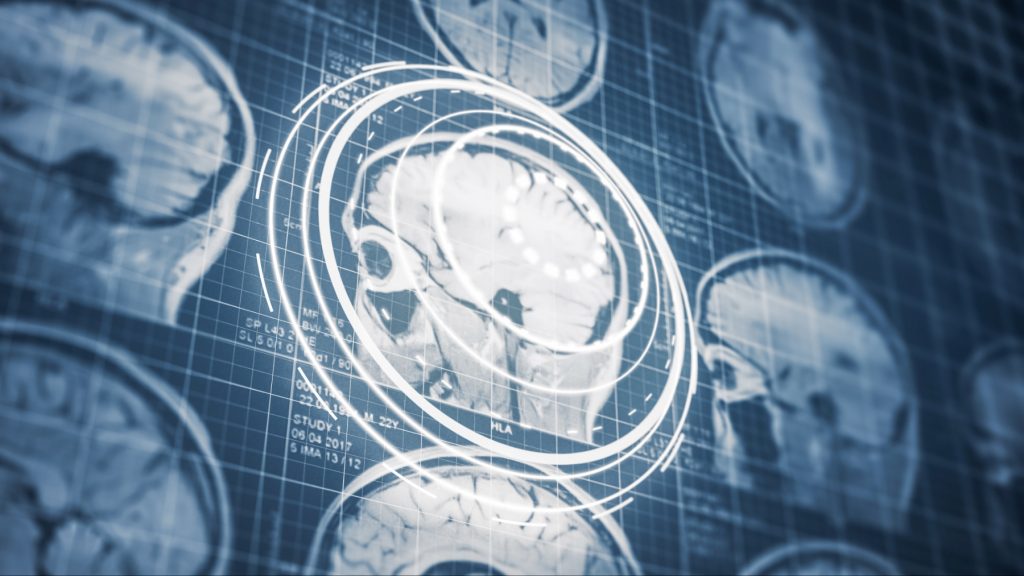 Fresh Human Brain-Inspired Computing on the Way
Fresh Human Brain-Inspired Computing on the Way Researchers from University College London News (UCL) and Imperial College London are working on a type of brain-inspired computing that mimics the brain’s functions by using special magnets.
These special magnets can be modified in a way that ensembles different tasks thus alleviating the energy consumed by the computers. It is a major swap in the power consumption from the traditional computers that use a lot of power to the new ones, particularly for tasks like AI.
Curly Magnets
The special magnets are called the chiral magnets, but they really are curly. They are a type of material that is characterized by unique magnetic properties. These properties enable the chiral magnets to accomplish computations akin to the neurons swimming in our brains.
“Our collaborators at UCL in the group of Professor Hidekazu Kurebayashi recently identified a promising set of materials for powering unconventional computing. These materials are special as they can support an especially rich and varied range of magnetic textures,” said co-author Dr. Jack Gartside, of Imperial College London.
The chiral magnets help in reducing the needed energy since the new type of computers don’t rely on silicon transistors which require a lot of energy.
On top of that, curly magnets have the potential to demonstrate complex behaviors parallel to the human brain. It enables us to halt problems that are seemingly extremely difficult for standard computers.
“This work brings us a step closer to realizing the full potential of physical reservoirs to create computers that not only require significantly less energy, but also adapt their computational properties to perform optimally across various tasks, just like our brains,” said Dr. Oscar Lee, the lead author of the paper published in the journal Nature Materials.
The newly baked human brain-computer helps in various applications, like mobile devices and data centers, reducing the environmental impact once it consumes less energy. Other than that, new computing paradigms are on the way opening up further possibilities for more natural and spontaneous interactions with the machines. Besides, it leads to fostering complex scientific problems in fields, like medicine.
Hurdles of the Curlies
The chiral magnets are still in fetus stage of research, it needs time to be part of the computing systems and to act effectively. Manufacturing the magnets requires necessary scale and specific properties, so it’s quite a compound challenge.
Such robust technologies comfort the future of the scientific field, paving the way for more breakthroughs and entering more complex levels in the most easy and eco-friendly way.
Inside Telecom provides you with an extensive list of content covering all aspects of the tech industry. Keep an eye on our Tech sections to stay informed and up-to-date with our daily articles.